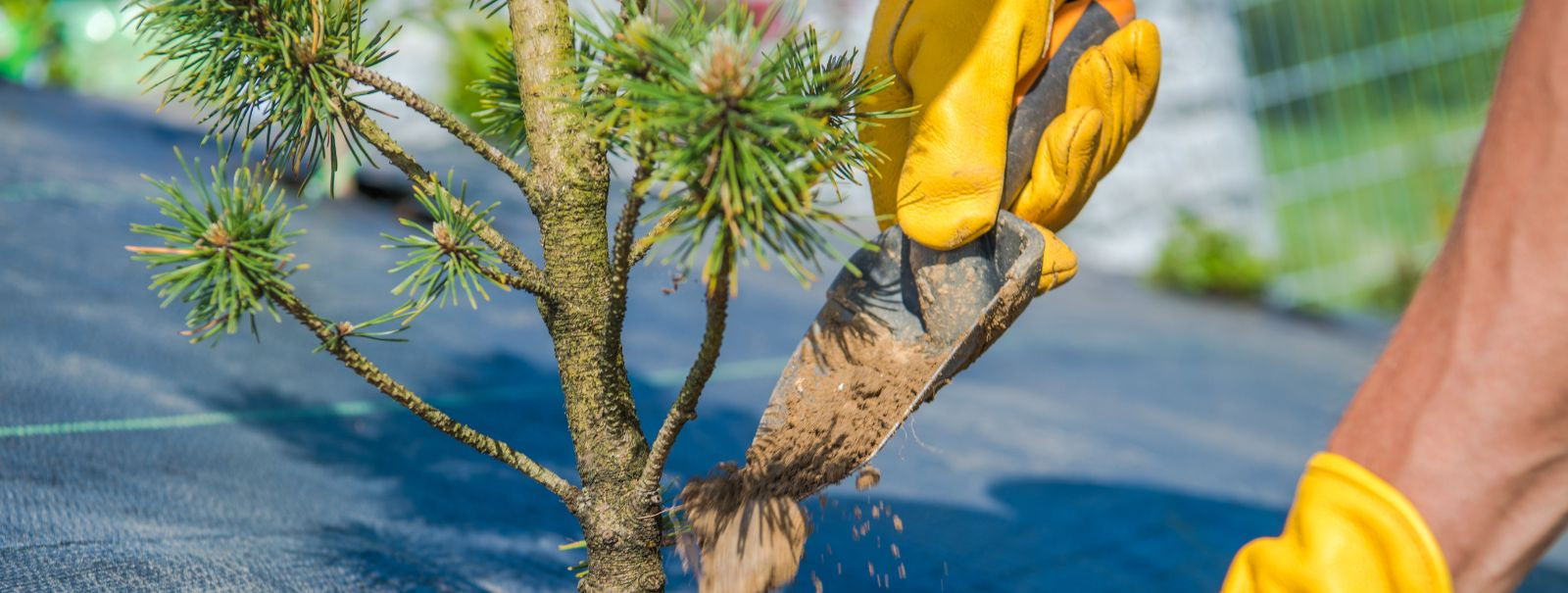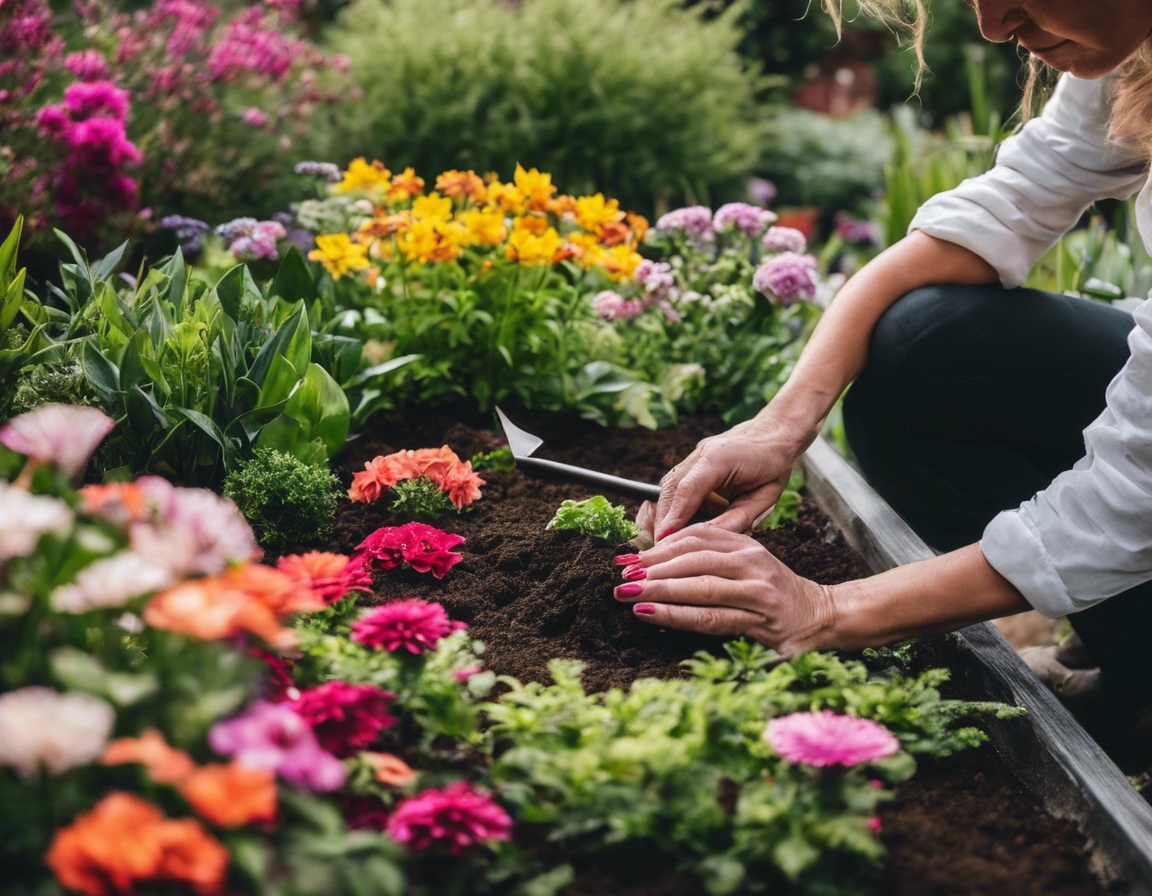The importance of sustainability in landscape design
As we face the pressing challenges of climate change and environmental degradation, the role of sustainability in landscape design has never been more critical. Sustainable landscape design is about creating outdoor spaces that are not only aesthetically pleasing but also environmentally responsible and resource-efficient throughout their life cycle.
Sustainability in landscaping refers to practices that minimize environmental impact, conserve resources, and create a harmonious balance between the built and natural environments. It encompasses a holistic approach that considers the long-term implications of design decisions on the ecosystem and human health.
Embracing sustainable practices in landscape design is essential for preserving our planet for future generations. It helps in reducing carbon footprints, conserving water, and promoting biodiversity, all while enhancing the beauty and functionality of outdoor spaces.
The Benefits of Sustainable Landscape Design
Implementing sustainable design principles leads to healthier ecosystems by supporting native flora and fauna, improving air and water quality, and reducing soil erosion.
Sustainable landscapes often require less maintenance, conserve water, and utilize materials that are durable and long-lasting, resulting in cost savings over time.
Green spaces designed with sustainability in mind contribute to the well-being of communities by providing areas for recreation and relaxation, improving mental health, and fostering social interaction.
Key Principles of Sustainable Landscape Design
Incorporating native plants into landscape designs is crucial for sustainability. These plants are adapted to the local climate and soil conditions, requiring less water and maintenance, and providing habitat for local wildlife.
Water is a precious resource, and sustainable landscaping includes techniques such as rainwater harvesting, drip irrigation, and the use of drought-tolerant plants to minimize water usage.
Healthy soil is the foundation of a sustainable landscape. Practices such as composting, mulching, and avoiding chemical fertilizers help maintain soil fertility and structure, promoting plant health and reducing erosion.
Renewable energy sources, such as solar-powered lighting and water features, can be integrated into landscape designs to reduce reliance on fossil fuels and lower energy costs.
Sustainable landscaping also involves reducing waste through the reuse of materials and composting of organic waste, thereby closing the loop and minimizing the environmental footprint.
Implementing Sustainable Practices in Landscape Design
Before embarking on a landscaping project, a thorough site analysis is essential to understand the unique characteristics of the site and to plan for sustainable interventions.
Choosing materials that are sustainably sourced, recycled, or recyclable is vital for reducing the environmental impact of landscaping projects.
Employing innovative design techniques such as green roofs, permeable paving, and wildlife corridors can greatly enhance the sustainability of landscape projects.
Post-installation, sustainable landscapes require thoughtful maintenance practices that support the long-term health and vitality of the outdoor space.
Challenges and Considerations in Sustainable Landscaping
While the benefits of sustainable landscaping are clear, there are challenges such as initial costs, finding suitable materials, and educating clients about the long-term value of sustainable practices.
As the climate continues to change, sustainable landscape design must adapt to new conditions, selecting plants and materials that are resilient to extreme weather events and temperature fluctuations.
Navigating the regulatory landscape and obtaining certifications like LEED can be complex, but they are important for demonstrating commitment to sustainability and gaining recognition for green initiatives.






Comments (0)